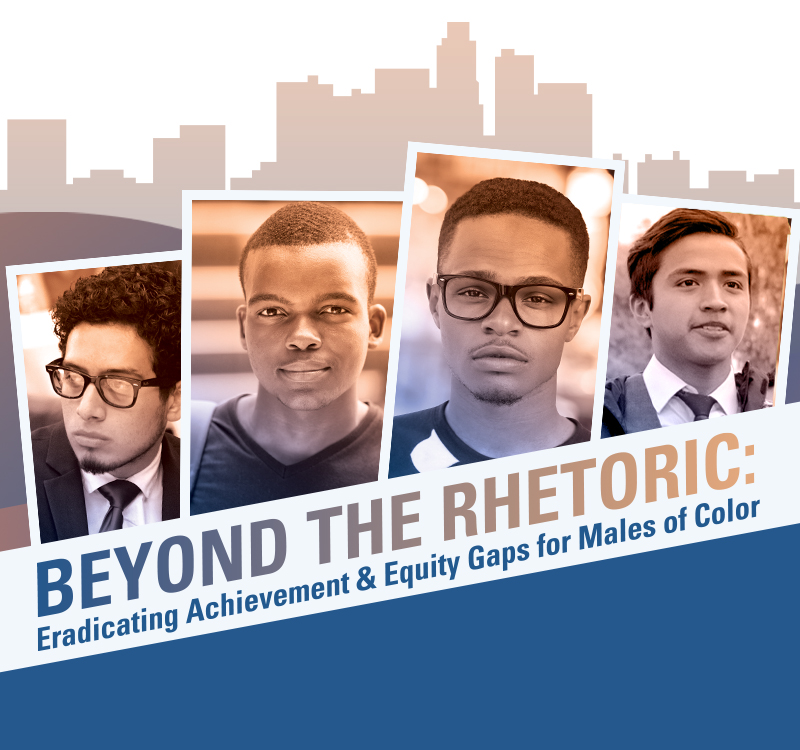
Why is the CSU YMOC necessary?
Four Overarching Pillars
That Guide Our Work

Champion Transformational Change
Cultivate and sustain an intersegmental learning community focused on male students of color across two-year colleges and four-year institutions.

Capacity-Building
Provide professional development and capacity building for Consortium member institutions in their efforts to support male students of color.

Direct Service
Help campuses establish and strengthen males of color student success initiatives.

Research and Evaluation (R&E)
Focus on understanding the experiences of young males of color and strategies institutions can use to support their matriculation across the education pipeline.
Looking Ahead
Moving forward the CSU Consortium intends to strengthen partnerships with California Community Colleges and community-based organizations. Together, we will create alignment between our intersegmental partners by enhancing communication, developing a shared measurement system, increase understanding about the experiences of underrepresented minority males and the effective strategies to better support them, and developing mutually reinforcing activities. Our long-term goals are to improve outcomes for men of color. More specifically, we seek to increase 2-year transfer rates by 15 percentage points. If they attend a university right after high school, we expect to increase their 6-year graduation rates by 20 percentage points. Our success is not just important for underrepresented minority males. For California to sustain its strong economy, which in turn impacts the national economy, the state has to produce at least 1.65 million college graduates by 2030.

